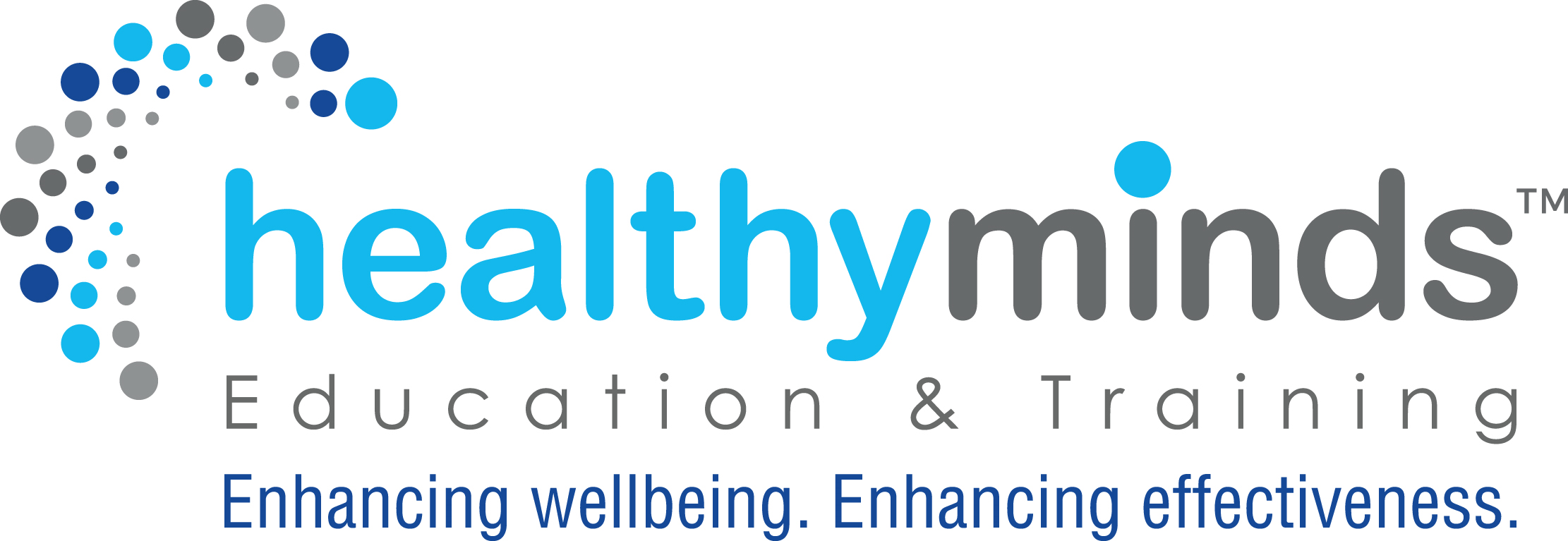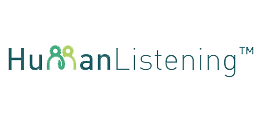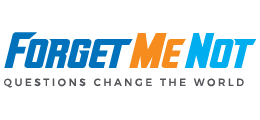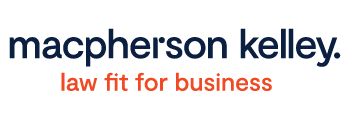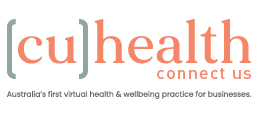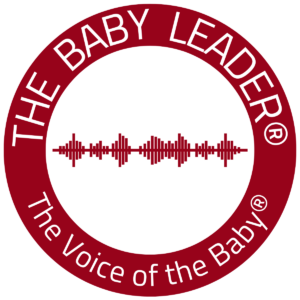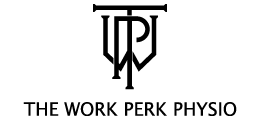ABOUT
HRD Wellbeing Summit Australia – Australia’s leading workplace wellbeing event is back to provide senior HR professionals with insights to increase productivity, retain employees and mitigate psychosocial risks through proven wellbeing strategies.
Featuring practical sessions presented by HR leaders from top companies, this event offers innovative approaches to enable each employee to thrive at work.
Engage in discussions on proven wellbeing strategies from forward-thinking companies at this unmissable event at The Fullerton Hotel Sydney on 22 May 2024.
WHY ATTEND?

Exchange ideas on designing effective wellbeing programs

Hear evidence-based wellbeing strategies from top HR leaders

Understand how to manage psychosocial risks in the workplace

Develop a workplace that supports psychological safety

Engage with HR peers face-to-face to discuss workplace wellbeing
Speakers

Farhad Ahmadzai
People Experience Operations Leader AU/NZ
Reece Group
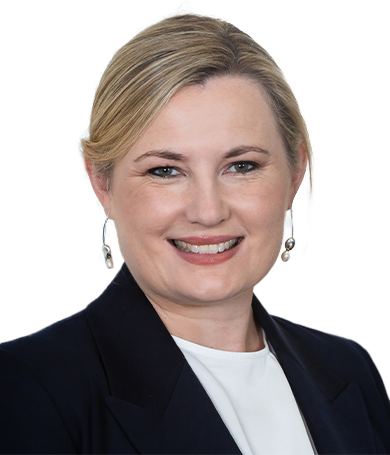
Brigid Clark
Principal Lawyer, Employment, Safety and Migration
Macpherson Kelley

Danila Di Trocchio
General Manager – Reward and People Experience
Judo Bank
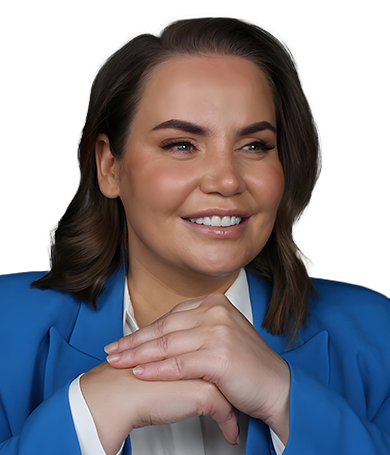
Jelena Dokic
Former World No. 4 tennis player; Channel Nine commentator, speaker and bestselling author
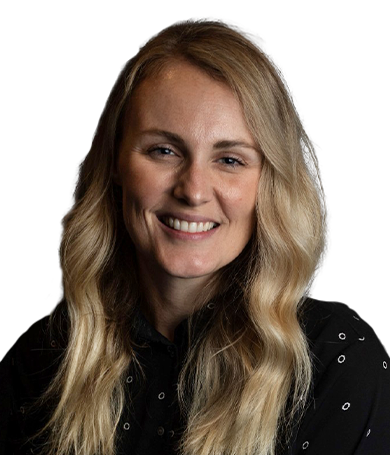
Jessica Farrell
General Manager, People & Culture
Publicis Groupe
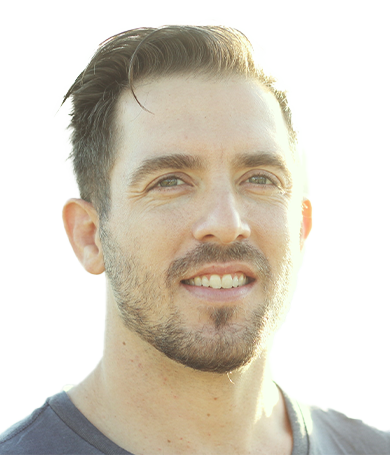
Lucas Finch
Global Director of Wellbeing
Xero
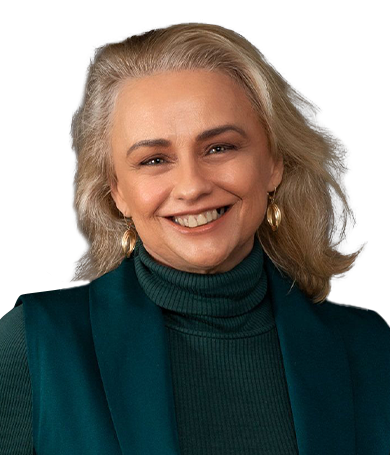
Merril Hotchkin
General Manager – People, Performance and Culture
Metricon
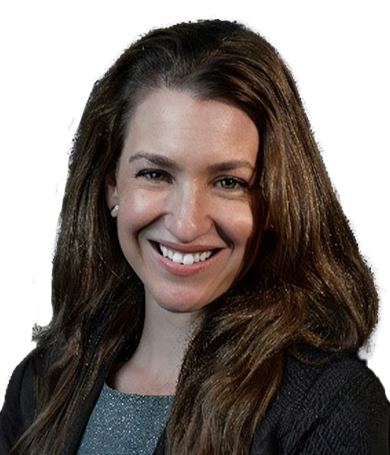
Nicki Luther
Senior Director, Human Resources
Stryker
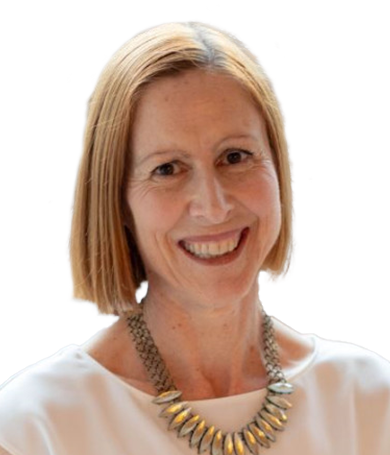
Catherine McNair
Head of Diversity, Inclusion and Wellbeing
QBE

Dr Tom Nehmy
Director and Principal Psychologist
Healthy Minds
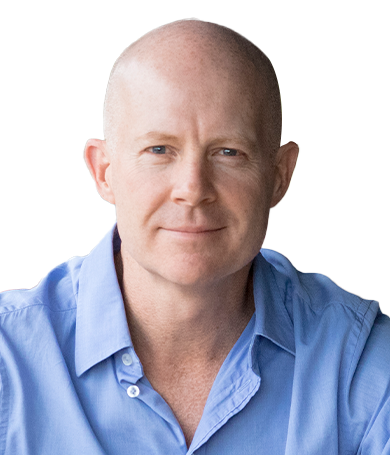
Nick Lee OAM
Director
Healthy Minds

Dr Michelle Phipps
Chief People Officer
VetPartners

Gaya Srikumar
Senior Director People Experience, EM Asia & Developed Asia
Pfizer
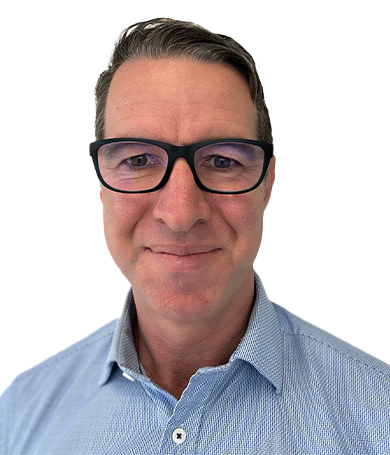
Glenn Stewart
National Director WHS & Wellbeing
St. Vincent’s Health Australia
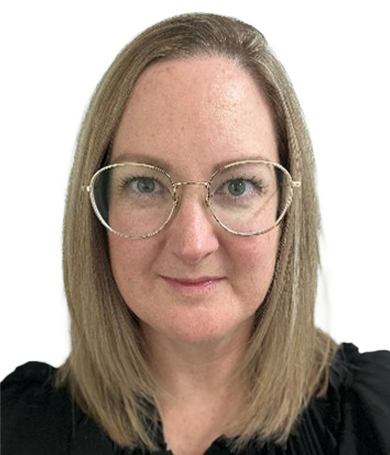
Kiraly Wills
Associate Director HR Agile Squad Lead Manufacturing & Operations APAC
CSL
AGENDA
-
-
Opening remarks from the Chairperson
-
Welcome remarks from the Event Partner

Nick Lee OAM
Director
Healthy Minds -
PANEL: Wellbeing program success stories
Hear from Australia’s top companies as they share the details of their successful wellbeing programs that effectively support and retain their employees. This session will discuss real-world case studies and practical tips that you can implement in your workplace.
- Examples of wellbeing initiatives that effectively supported engagement and retention
- Holistic approaches to overall workplace wellbeing
- Implementing policies to mitigate psychosocial risks, ensuring compliance
- How can you determine the success of wellbeing initiatives?
Panellists

Nicki Luther
Senior Director, Human Resources
Stryker
Gaya Srikumar
Senior Director People Experience, EM Asia & Developed Asia
Pfizer
Dr Michelle Phipps
Chief People Officer
VetPartners -
Psychosocial hazard mastery: Comprehensive solutions for your workplace
How can organisations effectively address psychosocial hazards at work? Clinical psychologist and workplace wellbeing expert Dr Tom Nehmy will reveal specific solutions for awareness, assessment, leader education, policy and sustainability. He will also detail how technology, artificial intelligence and professional collaborations can create cutting-edge solutions that any workplace can deploy for immediate results.
- The nature of the beast: psychosocial hazards and what they mean for you
- Understanding the costs of inaction
- A stepwise approach to covering all bases: AI risk assessments, microlearning for leaders, policy guidance and proven preventive psychology programmes for sustainable culture change

Dr Tom Nehmy
Director and Principal Psychologist
Healthy Minds -
Morning tea and refreshments break
-
KEYNOTE: Unbreakable
In this captivating keynote, Jelena Dokic will share her journey as a professional tennis player, along with insights into her life after tennis. She will discuss the challenges she once faced as a refugee, growing up in poverty and dealing with domestic violence, and how these impacted her life and mental health. Hear about the resilience, lessons, perseverance and courage she needed to overcome adversity. An advocate for mental health and victims of child abuse and family violence, Jelena will highlight the importance of speaking up and sharing our stories, and of normalising conversations around these issues to help save lives.

Jelena Dokic
Former World No. 4 tennis player; Channel Nine commentator, speaker and bestselling author
-
Speed networking
Expand your network, make connections, and meet fellow delegates in a structured networking session.
-
PANEL: Selecting cost-effective wellbeing benefits for your workforce
In this session, three of Australia’s top companies will provide practical tips on how to determine and select wellbeing benefits to accommodate the needs of a diverse workforce. What does wellbeing mean for a multigenerational workforce, and how do we cater to everyone’s needs on a tight budget?
- Prioritising the voice of employee – using feedback to understand what your employees want
- Examples of cost-effective programs for a multigenerational workforce
- Providing benefits aligned with diversity, inclusion and equity initiatives
Panellists

Catherine McNair
Head of Diversity, Inclusion and Wellbeing
QBE
Jessica Farrell
General Manager, People & Culture
Publicis Groupe
Danila Di Trocchio
General Manager - Reward and People Experience
Judo Bank -
Networking lunch
-
LEGAL UPDATE: Understanding recent psychosocial safety changes
What are the latest regulations in psychosocial risk management affecting employer’s obligations? This session will examine the current landscape of managing psychosocial risks in the workplace and key changes to expect in the year ahead.
- Examining the increasing regulatory focus on psychosocial risks
- Lessons from the Court Services Victoria OHS Act breach
- Tips on revising risk assessments and policies relating to sexual harassment, bullying and discrimination

Brigid Clark
Principal Lawyer, Employment, Safety and Migration
Macpherson Kelley -
CASE STUDY: Developing a psychosocial risk management approach
How do you ensure your company remains compliant in line with recent legislation on mitigating psychosocial hazards? In this session, hear how St. Vincent’s Health is managing psychosocial risks at work to maintain safe and supportive workplaces.
- Collaboration between safety and HR teams on psychosocial risk assessments
- Communicating and developing clear policies on psychosocial risks
- Understanding the different levels and responsibilities of managers
- Examples of holistic approaches that contribute to risk mitigation

Glenn Stewart
National Director WHS & Wellbeing
St. Vincent's Health Australia -
Afternoon tea and refreshments break
-
Prize draw announcements
-
FIRESIDE CHAT: How to maintain resilience through change
From tough economic climates to major organisational changes, how can organisations support their workforces through challenging times? In this session, hear how Metricon builds resilience and effectively manages disruptive changes affecting its workforce.

Merril Hotchkin
General Manager - People, Performance and Culture
Metricon -
PANEL: Minimising burnout across your organisation
With employers’ increasing obligations to mitigate psychosocial risks, what can managers and employees do to reduce the prevalence of burnout? In this session, panellists will share proven strategies to address and mitigate burnout, to support and protect their employees.
- How to identify the early warning signs of burnout at the individual, team and organisational level
- Managerial practices and leadership styles to reduce employee burnout
- Tips for rolling out effective workload management and one-on-one meeting programs
- Sustainable strategies for preventing burnout recurrence, including organisational culture shifts, employee development programs and continuous feedback
- Tech platforms that help to predict, assess, address and measure stress, anxiety and burnout
Panellists

Farhad Ahmadzai
People Experience Operations Leader AU/NZ
Reece Group
Lucas Finch
Global Director of Wellbeing
Xero
Kiraly Wills
Associate Director HR Agile Squad Lead Manufacturing & Operations APAC
CSL -
ROUNDTABLE DISCUSSION
In this interactive session, delegates will reflect on key insights shared throughout the day and develop action items for development and growth.
-
Event concludes
SPONSORS
Event Partner
Co-Event Partners
Legal Sponsor
Exhibitors
VENUE
The Fullerton Hotel Sydney
- Martin Pl, Sydney NSW 2000, Australia
- +61 2 8223 1111
- [email protected]
- Visit website



